
UDK: 616-092.9: 615.015.35: 615.099.036.1
N. I. Heralova, I. A. Bazikov, A. N. Maltsev, O. I. Sedykh, V. A. Baturin, Ramesh K. Goyal, Madhu Gupta, M. V. Rubailo, D. Yu. Gurov
ФГБОУ ВО «Ставропольский государственный медицинский университет» МЗ РФ1; Делийский государственный научно-исследовательский фармацевтический университет, Нью Дели, Индия; ГБУЗ СК «Ставропольская краевая клиническая больница»; ФГБОУ ВО «Волгоградский госу
In experiments on rats, a model of an infected burn was created to study the effectiveness of a combination of isolated endogenous antimicrobial and low molecular weight placental peptides in a niosomal gel. In the experimental group, when applying niosomal gel with antimicrobial peptides, the linear rate of wound healing was (0,0272 ± 0,0094) mm2 / day, which significantly exceeded the indicators of the control group. The calculation of the percentage rate of wound healing correlated with the results of the relative loss of wound area: niosomal gel with antimicrobial peptides accelerated wound regeneration. This tendency was especially noted in the period from 9 to 16 days of the experiment with burns infected with Staphylococcus aureus. Based on the studies carried out in an experiment on rats, a conclusion was made about the effectiveness of niosomal gel with endogenous antimicrobial and low molecular weight placental peptides when applied twice to burns complicated by antibiotic-resistant microflora.
endogenous antimicrobial and low molecular weight peptides, antibiotic resistance, niosomes, preclinical studies